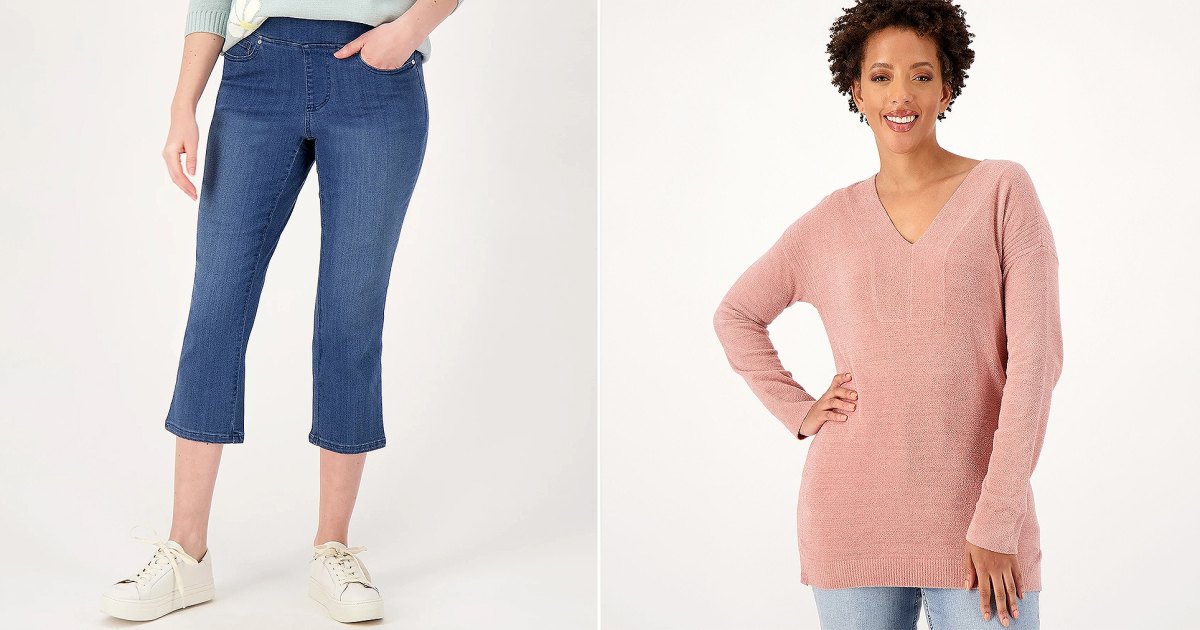The manner field demands to cut its carbon emissions in fifty percent by the close of this decade to meet world local climate objectives agreed by globe leaders. Having there signifies conquering a multi-billion-dollar funding hole to fund climate methods.
But elevating the cash is just fifty percent the obstacle figuring out how to spend it to correctly lower the industry’s impression is the real check.
Though there’s no shortage of buzzy start out-ups promising to completely transform the sector with a new recycling technologies, option product or dyeing system, there is a massive deficiency in the data out there to assess how powerful they’ll be.
Which is a difficulty industry-backed nonprofit Apparel Influence Institute (Aii) is aiming to tackle by producing a pre-vetted portfolio of established climate solutions that will be open to firms and economic institutions seeking to make investments.
The organisation launched a blended finance fund previous yr, aiming to increase $250 million from firms and philanthropic organisations that could de-risk and scale efforts to decarbonise the marketplace with a check out to unlock billions of dollars additional in traditional funding.
The fund, which counts providers including Lululemon, H&M Group and Tommy Hilfiger-operator PVH among its backers, will evaluate returns not in pounds, but in tonnes of carbon emissions saved. But nailing down reputable information on how efficient proposed climate options may well be has proved elusive.
“There wasn’t obvious information or reaction when asked, ‘what is the impression going to be?’” claimed Kurt Kipka, Aii’s main influence officer. “The objective is to make a machine, device and course of action to prioritise and… distil what is the best doable programming to devote our cash, but at exact same time to make a signal to the market about where money can be despatched.”
On Tuesday, Aii place out its very first connect with for apps to the registry, which will need organisations that want to be included — from investigate programmes to commence-ups and scale-ups — to give large high-quality, verified info or estimates that show their prospective to cut down the industry’s greenhouse gas emissions. Every single venture will be screened by Aii workers and exterior gurus dependent on usefulness, get to, scale and price.
“It is form of remarkable that we do not have something like this by now,” said environmental scientist Linda Greer, who’s also a member of the pro council Aii put collectively to recommend on the portfolio’s screening framework. “This is a modest initial get started of how to feel about that, and screening conditions.”
The initiative plays into broader efforts to enhance the rigour with which endeavours to control climate impact are assessed, as fears about prevalent greenwashing in anything from fashion marketing to carbon offsetting grows.
For traders, the challenge isn’t so significantly that no information is accessible, but that what exists is really “squishy,” said Greer. For occasion, estimates of impact might be centered on wildly over-inflated assumptions of how negative the status quo is or review reductions in one particular certain move of a approach to its full footprint. “I’m not declaring it is intentionally misleading, but there’s no steady framework,” claimed Greer.
In an effort to resolve this and correctly monitor candidates for its local climate alternatives portfolio, Aii and its advisory council produced its very own established of benchmarks for the typical emissions connected with unique phases of fashion’s creation system. The organisation intends to preserve increasing its methodology and incorporating much better information as it emerges. The objective is to develop a general public resource, not only of the tasks Aii will fund, but of some others that could also make a significant distinction to fashion’s emissions.
“[We’re looking for] what will get us the most significant bang for our buck… [in terms of] dollars in, carbon out,” claimed Kipka. “The reality is that there are a selection of initiatives that can make a significant impression between now and 2030, but it will get consolidated concerted collective efforts and prioritisation to get there.”
For more BoF sustainability protection, sign up now for our Weekly Sustainability Briefing by Sarah Kent.

:quality(70)/cloudfront-eu-central-1.images.arcpublishing.com/businessoffashion/WSO6R7TGKFH25IMGLVKVBYOO4A.jpg)


